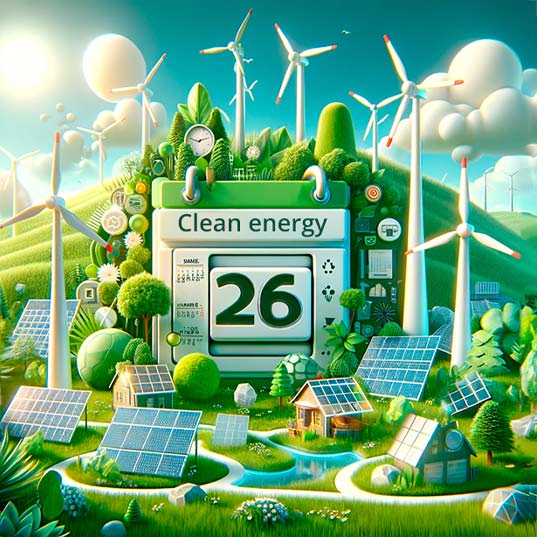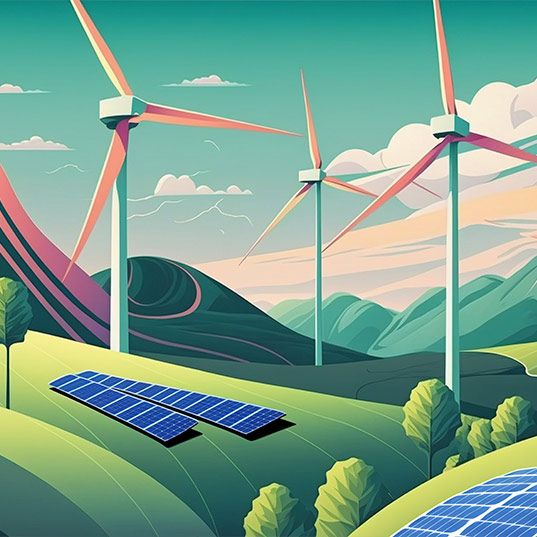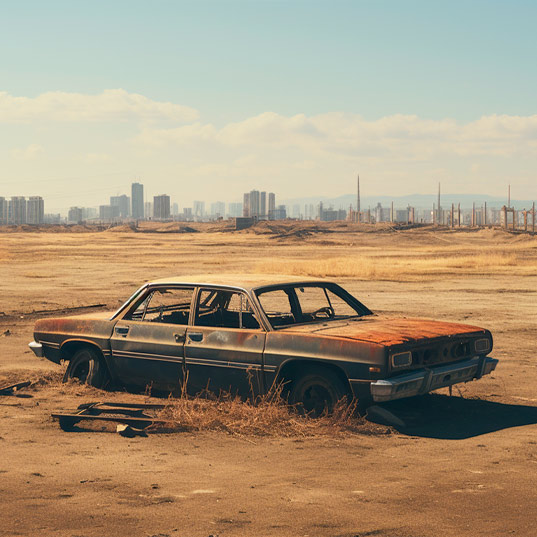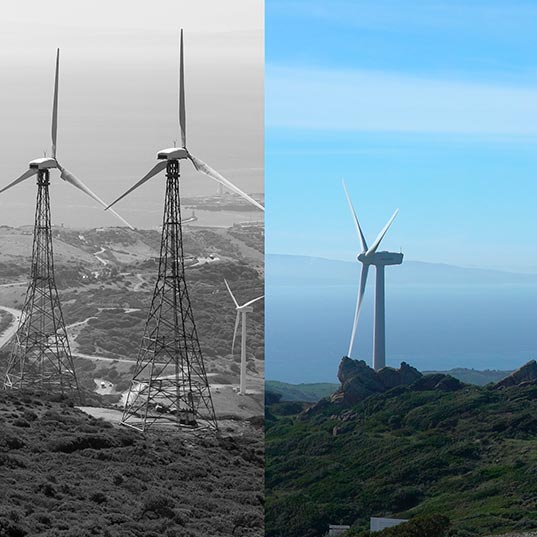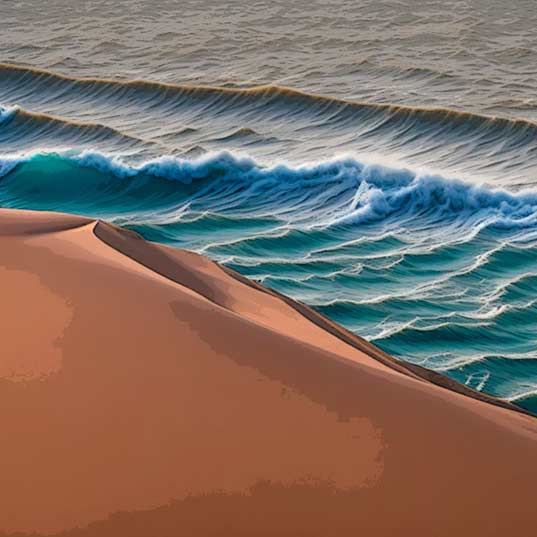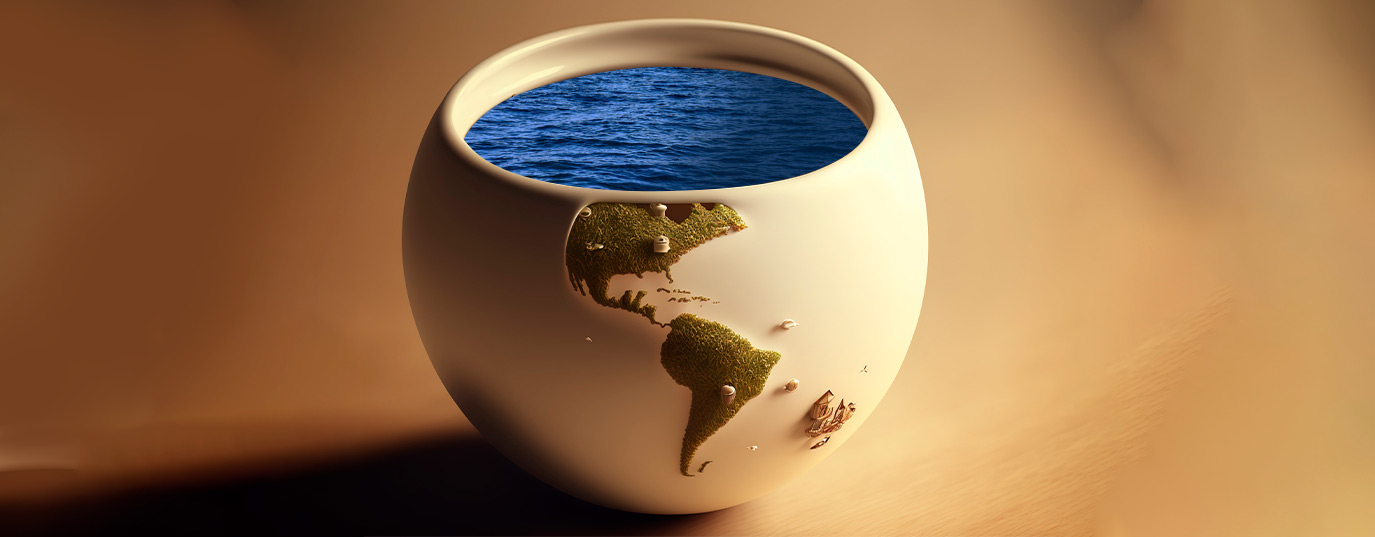How does hydropower work?
Do you want to know how hydroelectric power plants are capable of producing enough energy to supply electricity for an entire city?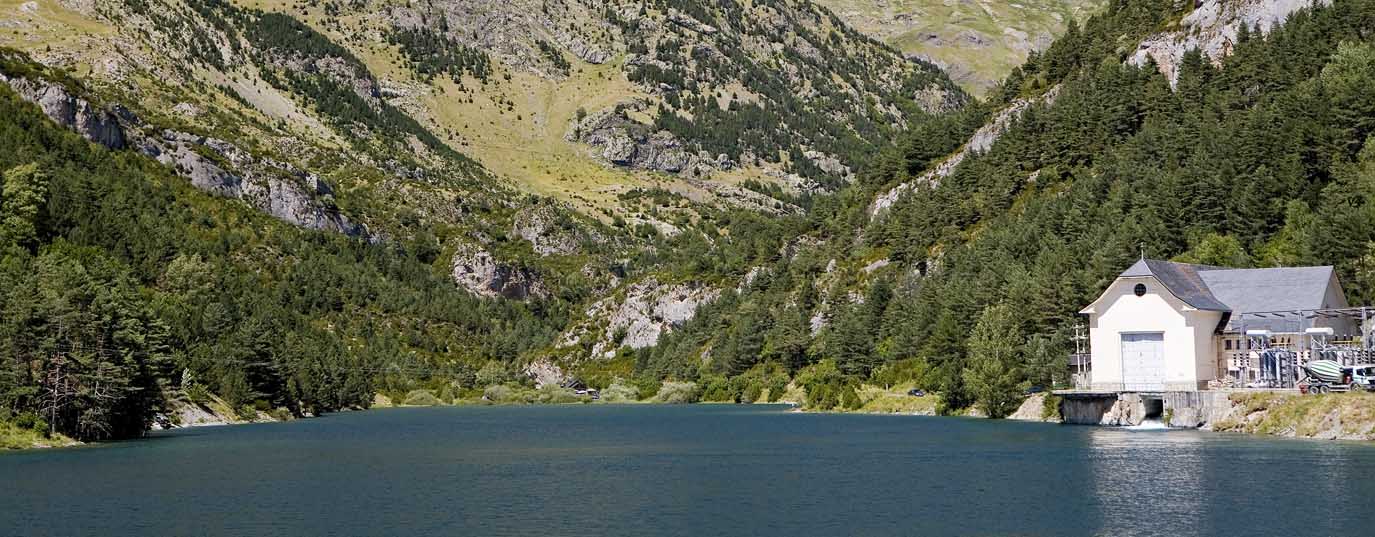
Using natural resources such as photovoltaic solar energy and wind energy to produce clean energy is a key factor in the fight against climate change. Another type of renewable energy is hydropower, which harnesses the power of water to generate electricity.
Hydropower has existed for centuries. In rural areas, it was common to use the river flow to move a wheel and generate movement applied, for example, to a mill.
Over time, the course of rivers was used to generate clean energy through water dams. Do you want to know how many types there are and how they work? We have prepared a video.
Types of hydroelectric power plants
There are different types of hydroelectric plants. The most common type are dam hydroelectric power plants in which water carried by rivers is stored in a reservoir and released when energy is needed.
Water released from the reservoir flows through a turbine, spinning it, which in turn activates a generator to produce electricity. The power extracted from the water depends on the volume and on the difference in height between the source and the water's outflow.
Afterwards, the voltage of the electricity produced is lifted to be transported with minor losses to the distribution points, where the voltage is lowered again for consumption. The water used in the process retakes the natural course of the river downstream after going through the station.
Flowing and pumping stations
Another type of hydroelectric plants are the run-of-river ones, that use the natural slope of the river to create the drop diverting the water through a canal towards the plant.
There are also pumping stations, which consume energy to raise the water to a higher reservoir in off-peak hours to release it when electricity consumption is high.


